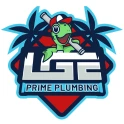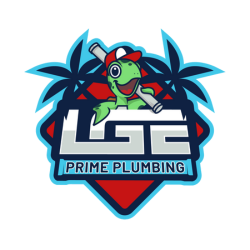Key local factors homeowners should know
Salt air & corrosion:
San Diego’s coastal environment means salty moisture in the air, which can accelerate corrosion — especially on exterior pipes or improperly protected copper lines.Hard water deposits:
Many San Diego neighborhoods have hard water, which can build up scale inside pipes and reduce flow over time. Modern piping systems and professional installs help minimize this risk.UV sensitivity:
PEX should never be exposed to direct sunlight, which can degrade it over time. That’s why it’s installed inside walls and protected by code.Permit & code compliance:
The City of San Diego requires permits for whole house repipes to ensure your new system meets plumbing and safety standards. As licensed professionals, we handle all the paperwork and inspections, so you stay up to code.
Choosing the right materials and following local standards doesn’t just protect your investment — it safeguards your family’s water quality and your home’s long-term value





